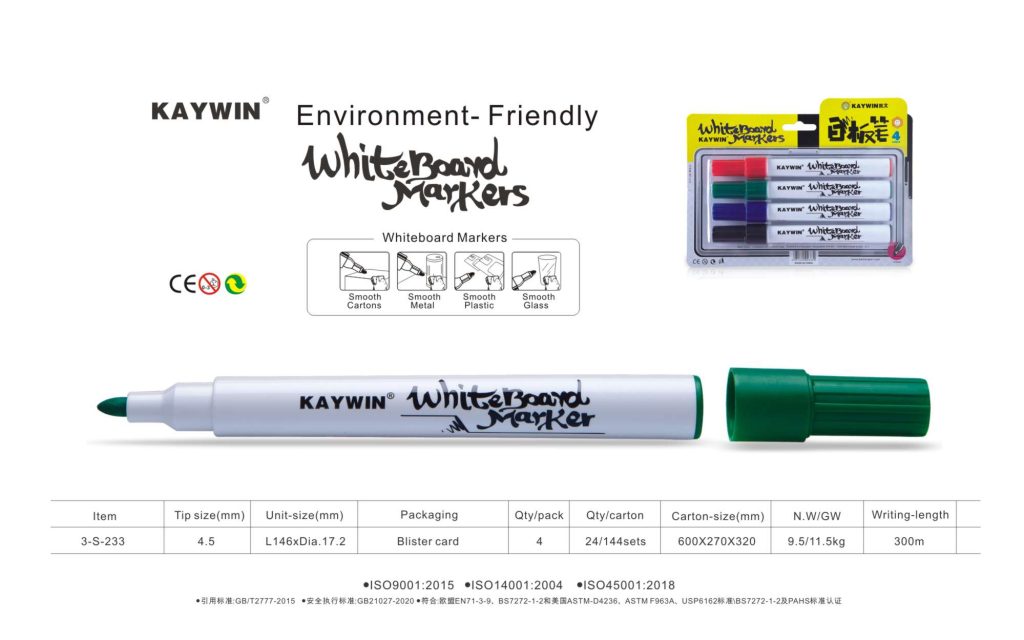OIL-Based vs. WATER-Based Paint Markers: Which is Better?
Crafters must understand the distinctions between water-based paint pens and oil-based paint pens. Both are great for art projects, but each has its own advantages and drawbacks.
The primary distinction is that oil-based markers are more durable than water-based ones. Furthermore, they’re resistant to fading and scratching.

1. Better Coverage
Oil-based paint markers offer better coverage than water-based markers due to the pigments being suspended within an oil binder.
These pens can be used on a variety of surfaces, such as glass, ceramics, metals, plastics, and fabric. Their fine tip makes them user-friendly, so you can quickly add details and outlines to your projects with ease.
They make for great inspiration scrapbooks and posters. Their fast-drying ink resists fading, abrasion, and water exposure.
However, they are not recommended for children due to their strong odor. Furthermore, they can be difficult to remove from porous surfaces; if you must, use turpentine or alcohol for effective removal.
2. Stronger Colors
One of the key advantages of oil-based paint markers over their water-based counterparts is their strength and longevity. They can be used on a variety of surfaces, such as wood, glass, and metals, and typically resist scratching or fading more than their water-based counterparts.
For example, Kaywin Oil-Based Paint Markers come in an array of bold, high-contrast colors. These pens feature extra-fine tips for highly detailed lines, and their fast-drying ink resists fading or scratches.
Oil-based markers offer several advantages, such as not needing primer before beginning to draw. Furthermore, they don’t produce the unpleasant odor associated with solvents like toluene and xylene. Finally, although more expensive than their water-based cousins, oil-based markers deliver superior quality results and longer color lastingness.
3. Longer Lasting
Oil-based paint markers tend to be more durable than water-based ones due to their faster dry time; this makes them less prone to smudges and bleeds.
However, oil-based paint pens may smudge and bleed on porous surfaces like canvas due to the oil in the paint clogging pores and preventing pigment absorption by the surface.
Therefore, oil-based paint markers should be used on non-porous surfaces. This makes them more workable and allows you to blend or layer colors effectively.
Kaywin Oil-Based Paint Markers are an ideal choice for artists seeking quick and effortless paint markings. Their vibrant colors and user-friendliness make them ideal for beginners as well.
These markers are ideal for auto body shops, insurance collision inspectors, used car lots and glass store-front decorators. They’re easy to remove with Windex and ammonia; furthermore, they remain durable even under extreme weather conditions of up to 6 months.
4. Easier to Remove
Oil-based paint markers are more resistant to rubbing, water and glass cleaning agents; however, they must be removed with acetone, alcohol or mineral spirits. Avoid leaving these solvents soaked in rags, steel wool, sanding dust or waste, as these could catch fire if not handled safely.
Oil-based markers offer excellent pigment quality and longevity for industrial arts projects; however, they may be toxic to children, so they should only be used in well-ventilated spaces.
Oil-based paint pens are ideal for rock painting designs, ceramics, and metal and plastic projects due to their resistance to water, fading and abrasion. Furthermore, these pens dry quickly when applied onto nonporous surfaces and can be reactivated with chemical solvents or oil mediums.

